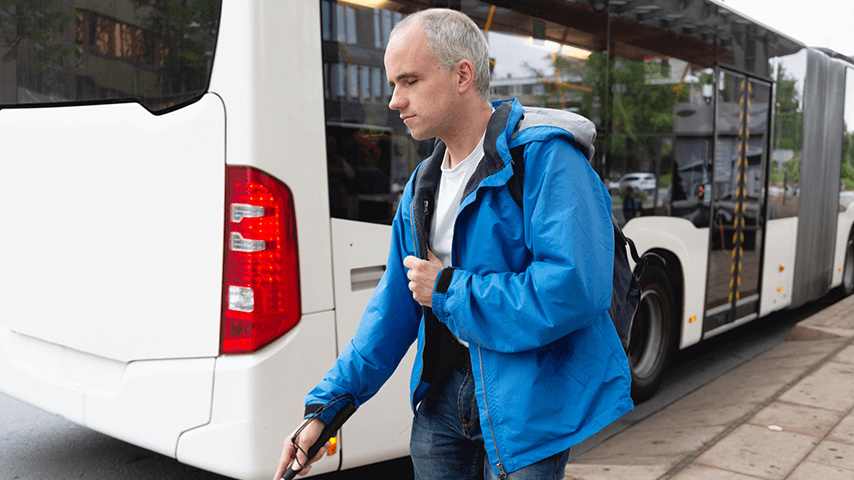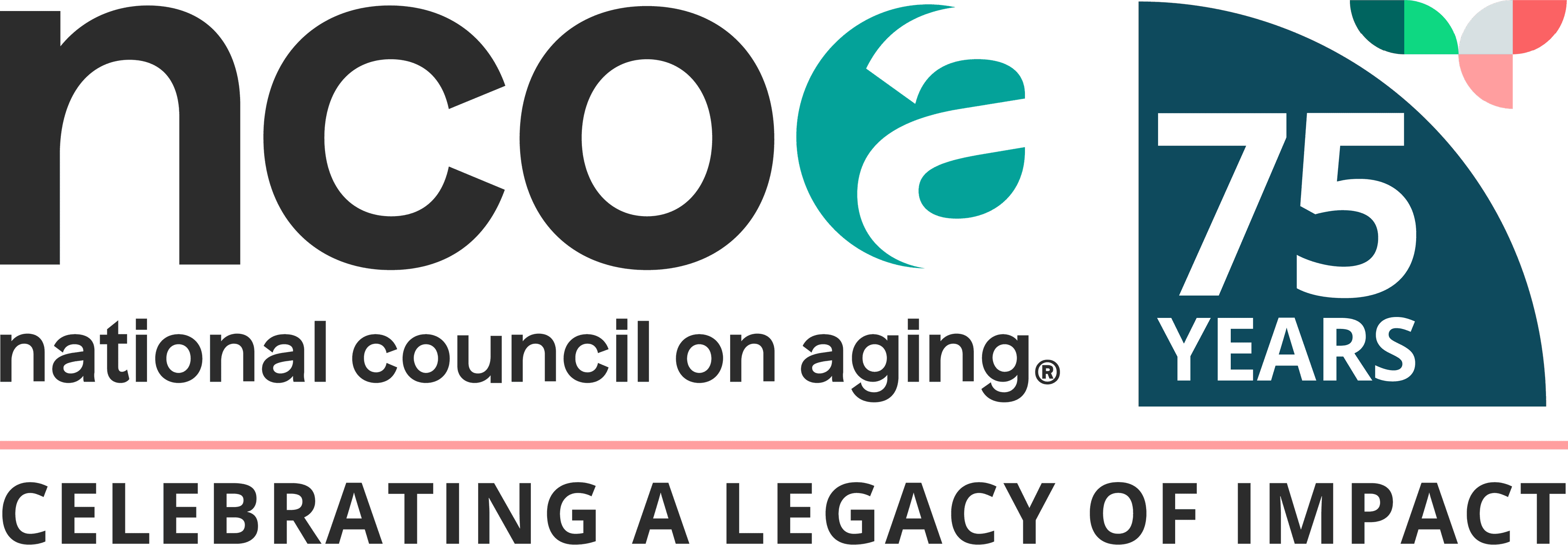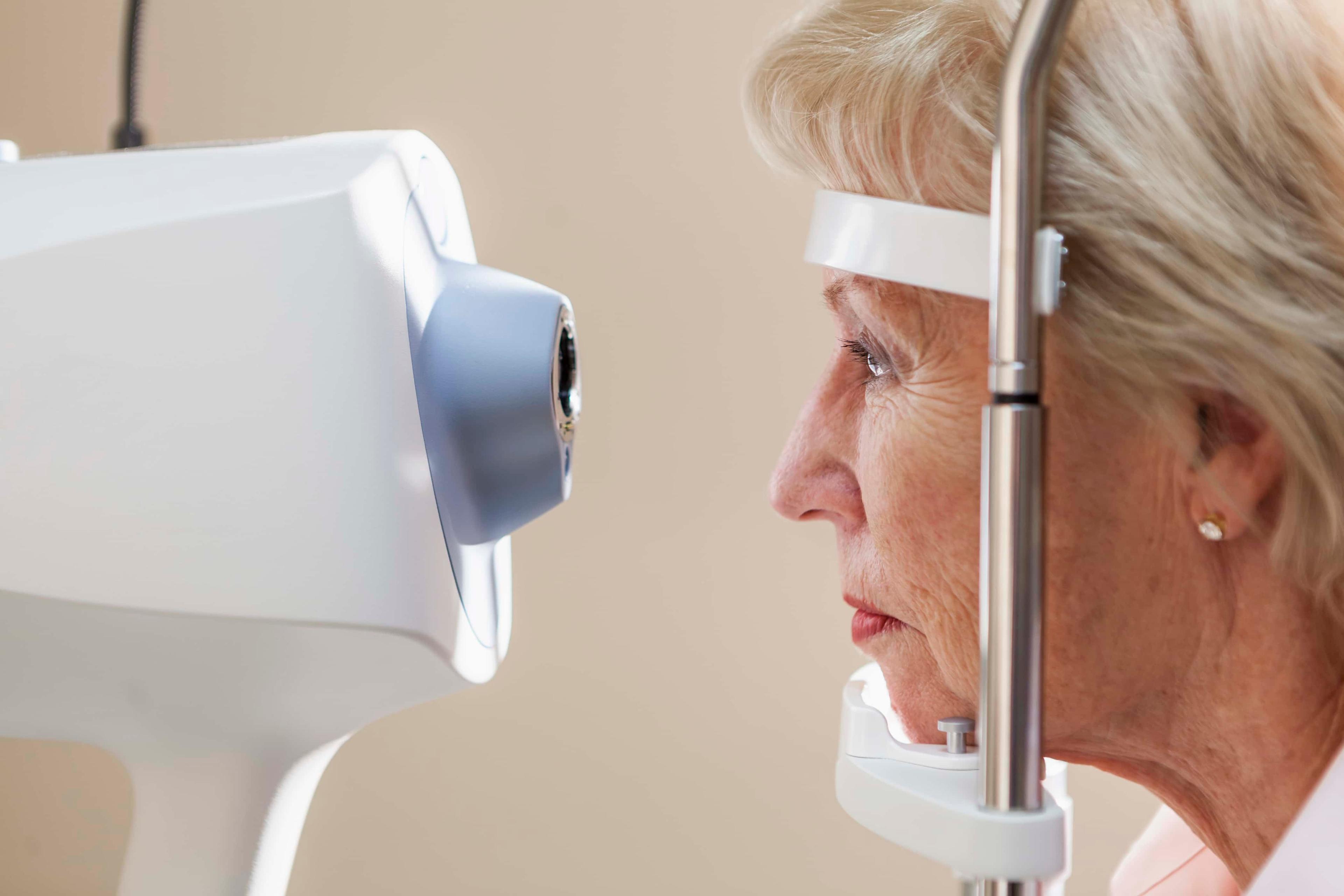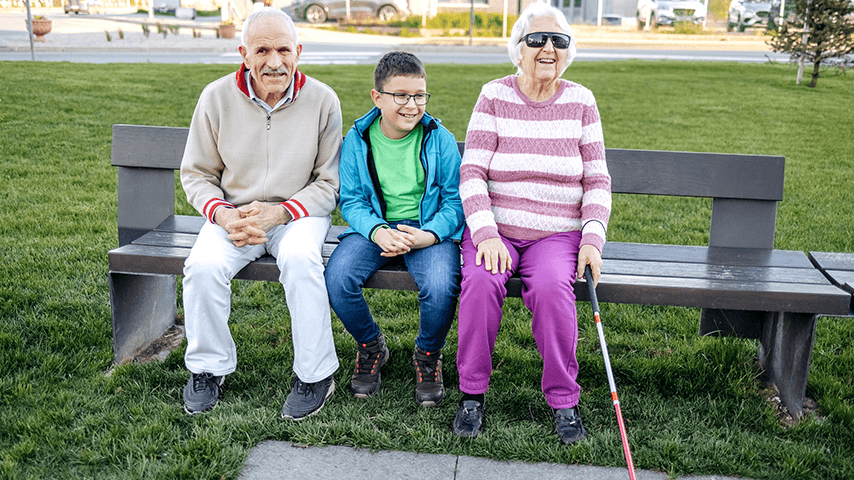Meeting the Needs of Older Adults Who Are DeafBlind: Challenges and Solutions
4 min read

Aging presents unique opportunties as well as challenges. And for older adults who are DeafBlind—experiencing both significant vision and hearing loss—these challenges can be particularly profound.
Communication barriers, limited transportation access, social isolation, and difficulty navigating health care systems can greatly impact quality of life. Addressing these issues requires a multifaceted approach that includes support services, advocacy, and increased accessibility across various settings.
A recent study, Recognizing the Needs of Older Adults with Combined Vision and Hearing Loss,1 highlights key recommendations for improving the lives of older DeafBlind individuals. Let's explore the recommendations and how they can be implemented to ensure that older adults with combined vision and hearing loss have greater access, autonomy, and quality of life.
Key recommendations for supporting older adults who are DeafBlind
1. Promote Support Service Provider (SSP) / Co-Navigator (CN) Programs
One of the most effective ways to support DeafBlind individuals is through Support Service Providers (SSPs) or Co-Navigators (CNs). These trained professionals assist individuals in navigating their environment, accessing information, and facilitating communication. They do not act as interpreters but instead provide crucial guidance, allowing DeafBlind individuals to maintain independence while completing daily tasks such as grocery shopping, attending medical appointments, or participating in community events.
Expanding funding and availability for SSP and Co-Navigator programs would significantly enhance mobility, social participation, and self-sufficiency for older DeafBlind adults.
2. Advocate for better public transportation systems
Many older adults who are DeafBlind face significant transportation barriers, limiting their ability to engage in their communities, attend medical appointments, or maintain employment. Public transit systems often lack accessible options, such as:
- Clear, tactile, or audible signage
- Real-time updates in accessible formats (e.g., Braille, large print, or digital alerts compatible with screen readers)
- Well-trained transit staff who understand the needs of DeafBlind individuals
- Lack of public transportation options in rural areas
Advocating for accessible public transportation, including paratransit services and ride-share programs designed with DeafBlind users in mind—can improve mobility and autonomy.
3. Provide accessible opportunities for socialization
Social isolation is a major concern for older adults with dual sensory loss. Many struggle to participate in community activities or maintain relationships due to communication barriers. Establishing accessible social opportunities can help counteract isolation and improve mental well-being. Strategies include:
- Hosting social groups and community events that incorporate tactile, visual, and auditory communication options
- Creating peer support programs for DeafBlind individuals to connect with others who share similar experiences
- Providing accessible recreational activities, such as adapted fitness programs or art workshops
By ensuring that older adults who are DeafBlind have meaningful social engagement opportunities, we can help reduce loneliness and promote overall well-being.
4. Improve communication access across settings
For many older DeafBlind individuals, communication barriers prevent full participation in daily activities, health care, and employment. Improving access requires systemic change, including:
- Training professionals (such as health care providers, social workers, and public service employees) in DeafBlind communication methods, including tactile signing and print-on-palm
- Expanding the use of video relay services (VRS) and captioned phone systems to improve access to remote communication
- Incorporate assistive technology to improve access to communication, such as speech-to-text programs, Braille communication devices, and more.
By implementing these changes, we can ensure that older DeafBlind individuals can communicate more effectively and participate more fully in society.
5. Train support staff and medical professionals how to work with people who are DeafBlind
Because many medical professionals and caregivers are not adequately trained in the unique needs of DeafBlind individuals, it is crucial to:
- Provide mandatory training on best practices for working with DeafBlind patients.
- Ensure health care staff can identify and accommodate sensory disabilities in medical environments, allowing for better patient-centered care.
- Support professionals’ understanding of how to hire/provide appropriate ASL interpreting supports for visual, close vision, or tactile users.
Without proper training, health care professionals may unintentionally exclude or misunderstand DeafBlind individuals.
6. Promote the use of accessible weather and emergency alert systems
Older adults who are DeafBlind often lack access to emergency alerts, putting them at greater risk during natural disasters, severe weather, or public emergencies. Improving emergency communication involves:
- Ensuring that public alert systems are available in multiple accessible formats, including Braille, vibration alerts, and screen-reader-compatible messages
- Developing community response plans that account for the needs of older DeafBlind individuals.
- Training emergency responders on how to effectively communicate with DeafBlind residents during evacuations or crises
By prioritizing accessible emergency communication, we can ensure that DeafBlind individuals remain informed and safe in critical situations.
7. Encourage follow-ups and wraparound services to meet changing needs
Aging is a dynamic process, and the needs of DeafBlind individuals can change over time. It is not enough to provide a one-time service or solution—ongoing support is essential. Wraparound services should include:
- Regular check-ins with social workers, support staff, or community organizations
- Adaptive technology training ensuring that older adults can access new tools as they become available
- Flexible service plans, allowing individuals to adjust their level of support as their needs evolve
By offering continuous and adaptable support, we can help older DeafBlind individuals maintain their independence and quality of life.
More resources
For those looking to explore more about aging and vision/hearing loss, the following resources offer valuable insights and support:
- Helen Keller National Center—Older Adult Resources (select "Older Adults")
- For collaboration and training opportunities for older adults, family members, and professionals, contact Jenee Alleman, HKNC’s Older Adult Specialist, at jalleman@helenkeller.org
- Caregiver Tip Sheet
- Smart911 App
The Smart911 app allows users to create a safety profile with personal information (medical, security, etc.) that is shared with 911 dispatchers and responders during emergencies, potentially aiding in faster and more efficient emergency response.
Apple—https://apps.apple.com/us/app/smart911/id1413223852
Google Play—https://play.google.com/store/apps/details?id=com.ravemobilesafety.mysmart911 - Recognizing the Needs of Older Adults with Combined Vision and Hearing Loss (Brown-Ogilvie, Alleman, & Conway, 2024): learn more about the study, access the Research to Practice paper, the Needs of DeafBlind Older Adults Survey Demographic Snapshot, and more.
By continuing to advocate for these important changes, we can help shape a world where aging individuals with DeafBlindness can thrive.
Sources
1. Brown-Ogilvie, Alleman, & Conway. Recognizing the Needs of Older Adults with Combined Vision and Hearing Loss. Age+Action presentation. May 2024. Found on the internet at https://www.helenkeller.org/recognizing-the-needs-of-older-adults-with-combined-vision-and-hearing-loss/




